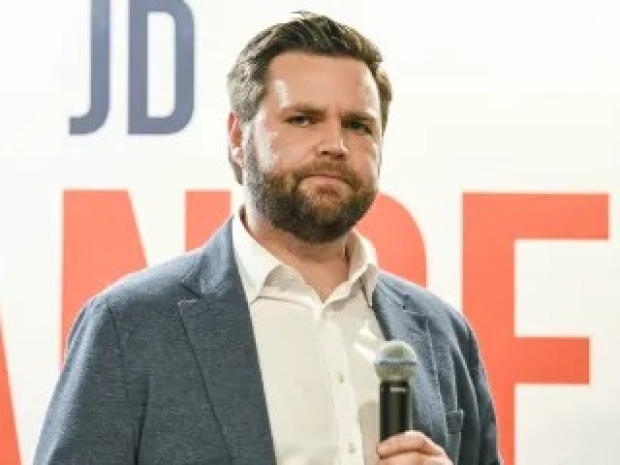Vance’s speech at the AI Summit in Paris asserted that the United States would ensure the most advanced AI systems were built domestically using American-designed and manufactured chips. This caused a rush on Chipzilla shares because Intel is the only large-scale, leading-edge semiconductor foundry in the US that produces chips for itself and other firms.
However, what the Cocaine Nose Jobs of Wall Street did not understand is that the world’s most sophisticated AI chips are overwhelmingly produced in Taiwan by the Taiwain by TSMC.
Even Intel has relied on TSMC to manufacture some of its most advanced processors because can’t manage it on existing systems. While South Korea’s Samsung and TSMC have expanded their operations in the US, aided by financial incentives from the CHIPS Act, the bulk of their production still occurs in their home countries.
If Trump mandated that advanced AI systems in the US use domestically manufactured chips, Intel would be far from fulfilling that demand. Nvidia, which makes the AI chips, would have no choice but to go to TSMC and risk being thumped by one of Trump’s famous tariffs.
Trump believes imposing tariffs on imported chips could push companies to relocate their manufacturing to the United States. However, even if there were a will to do that, it would take so long that China would have stepped over the US on AI production by the time it happened.
Intel has fallen behind TSMC in manufacturing technology and suffers persistent issues in its latest AI chip production processes. Its AI division leader Justin Hotard recently said, “sod this for a game of soldiers,” and left to become the CEO of Nokia.
The company’s long-term commitment to its foundry business has also been scrutinised with much scrute. The push to open its manufacturing to external customers, spearheaded by CEO Pat Gelsinger, cost him his job due to investor dissatisfaction over the strategy’s continued financial losses.




